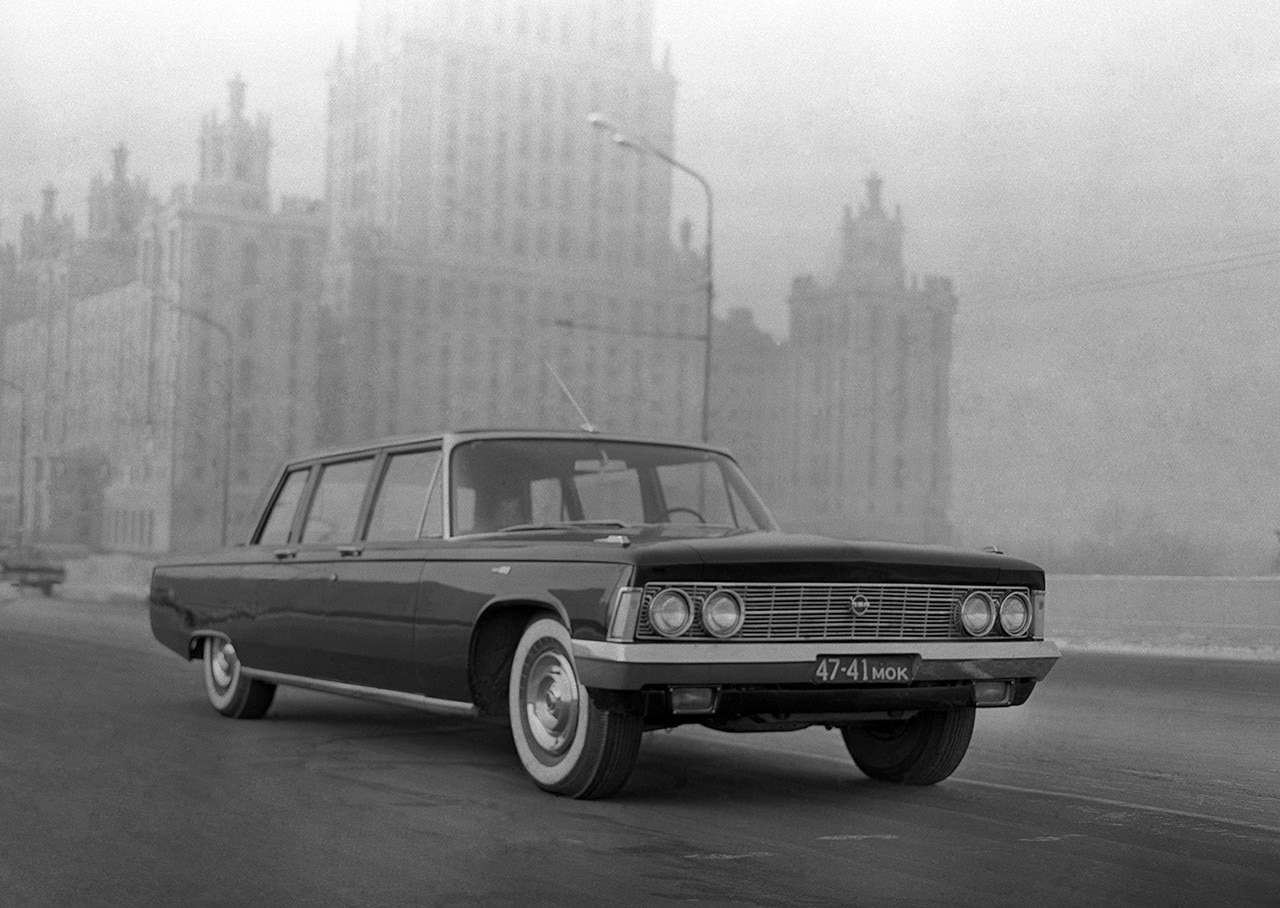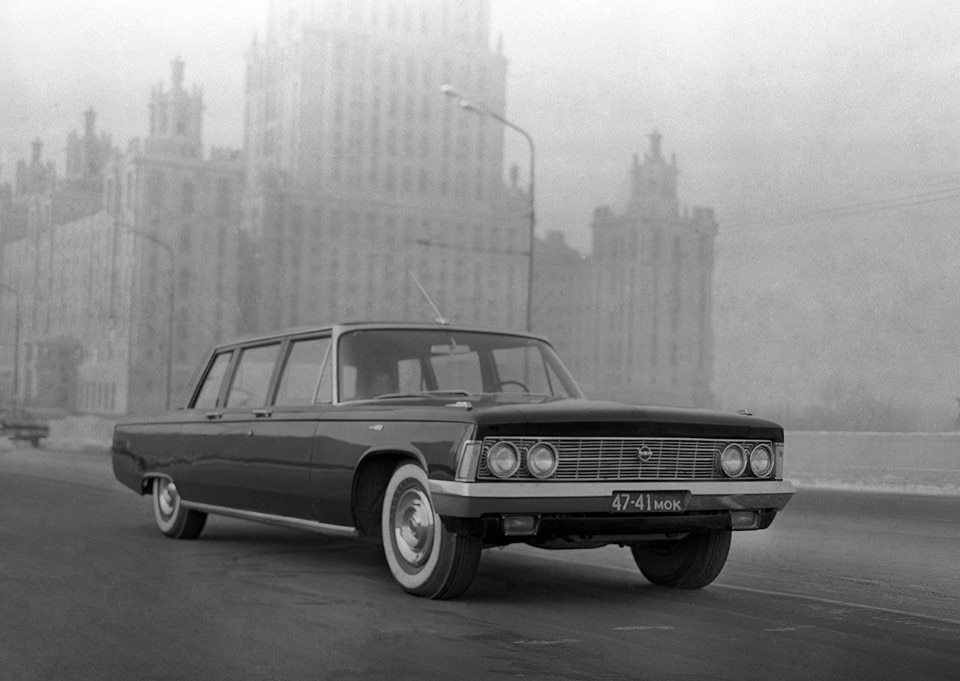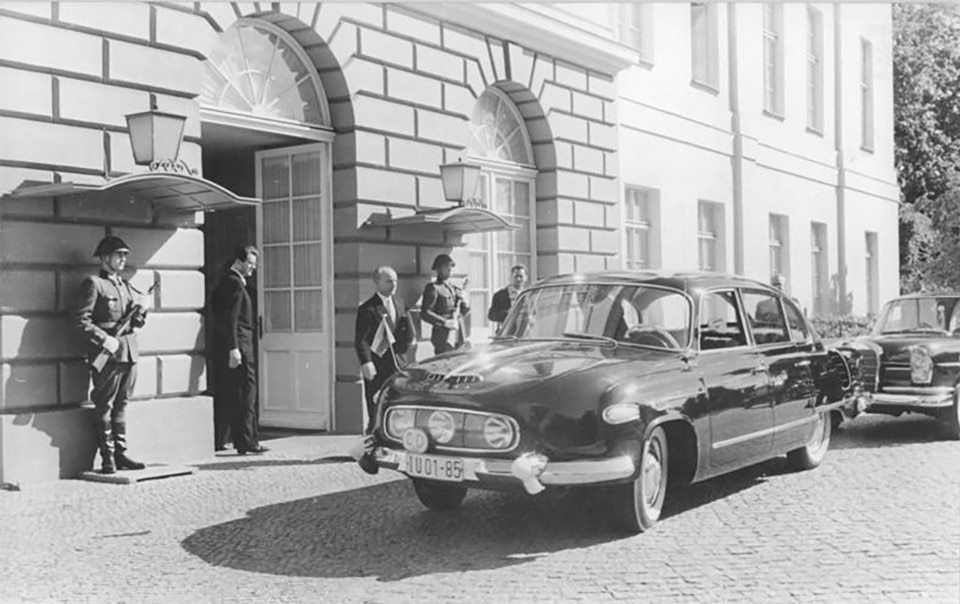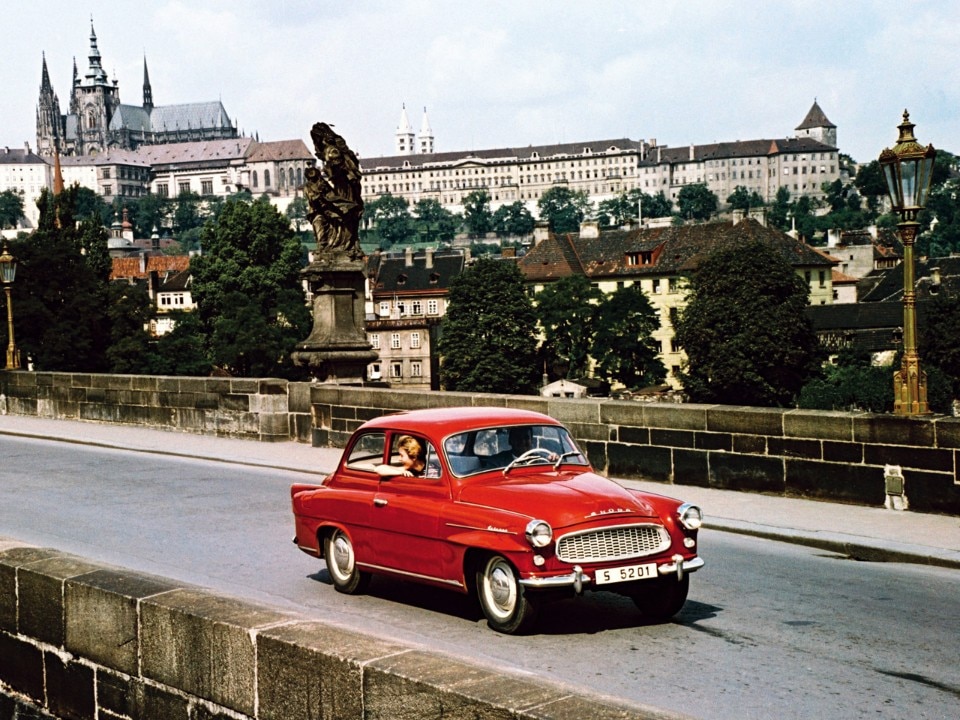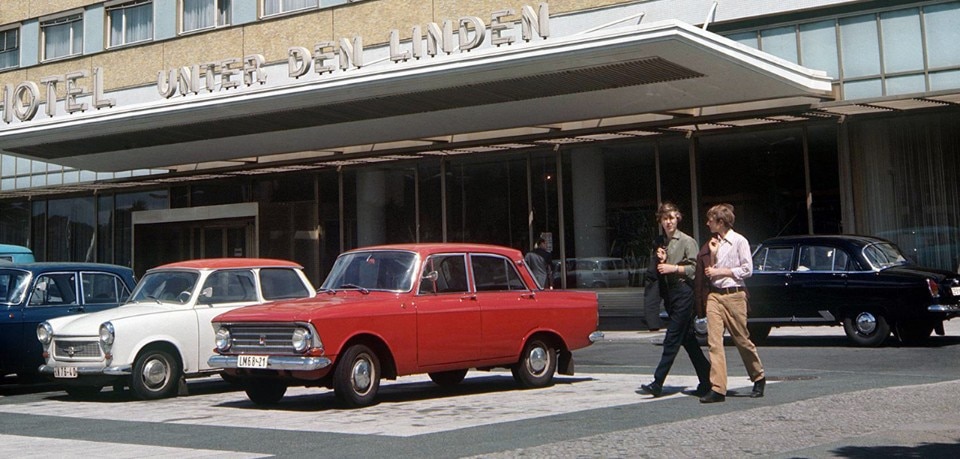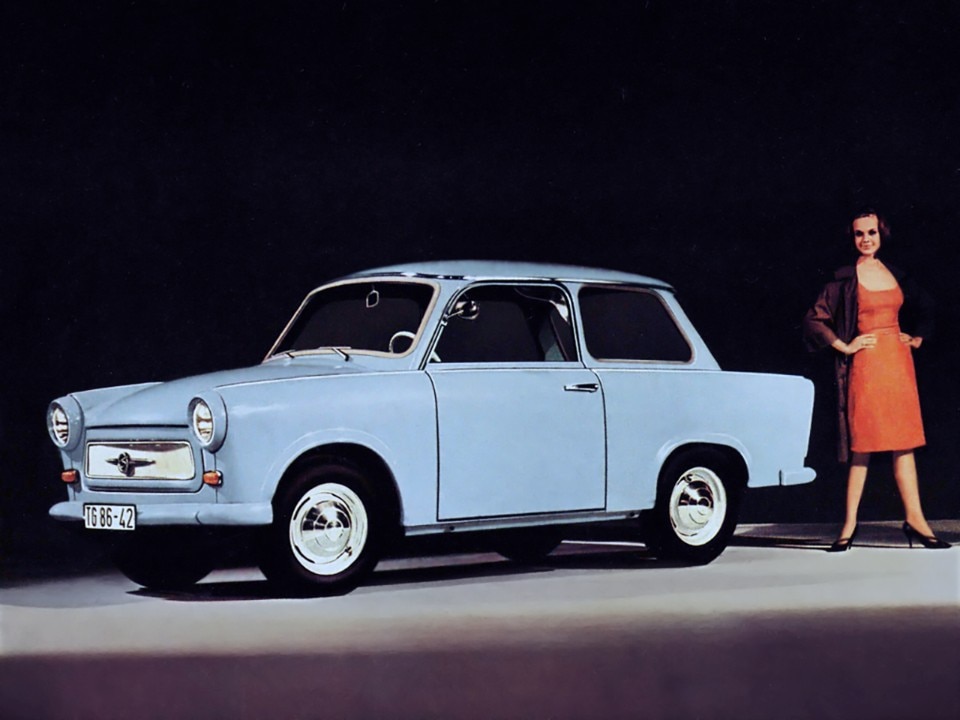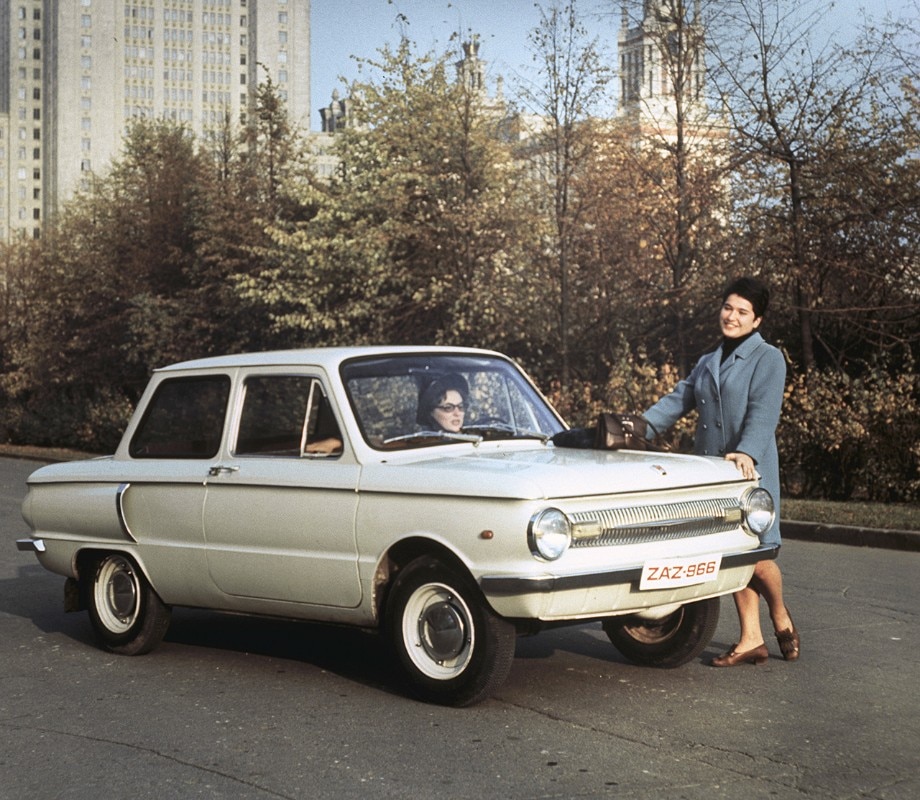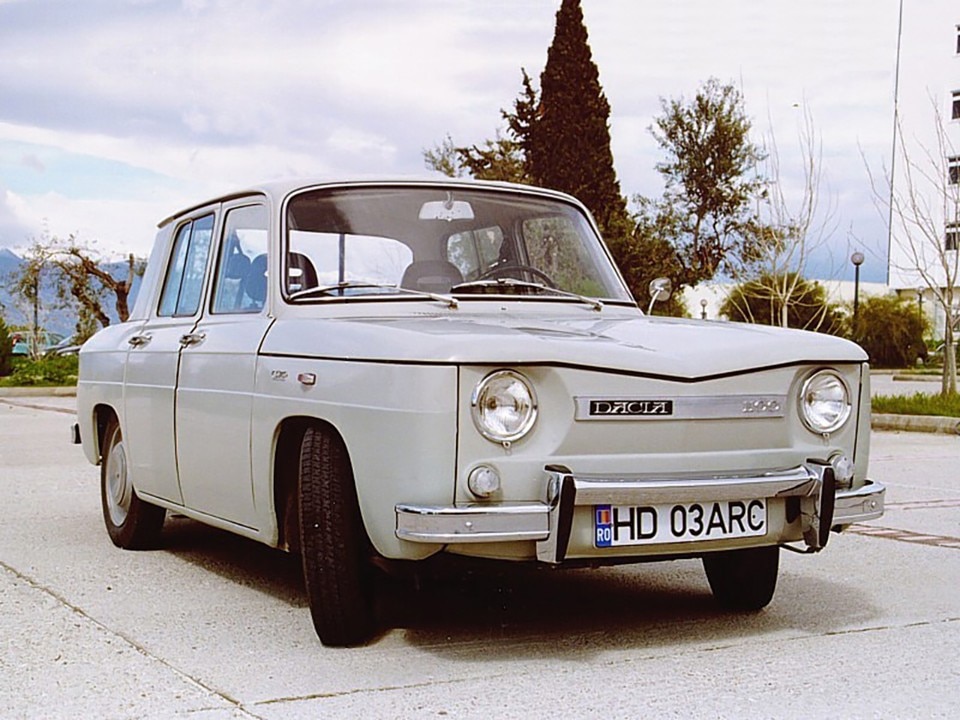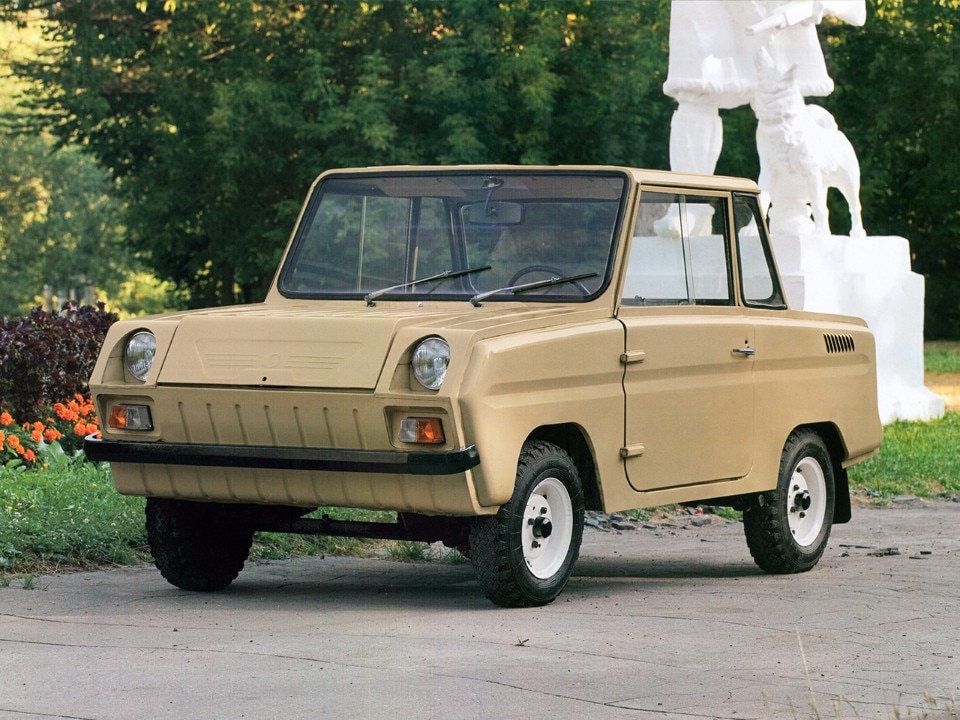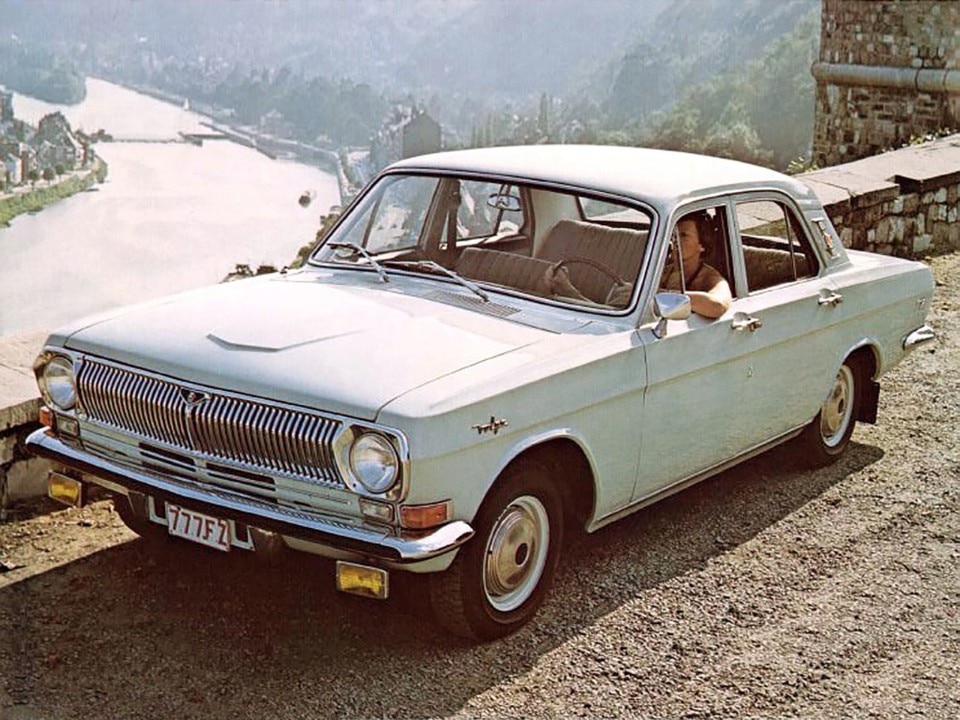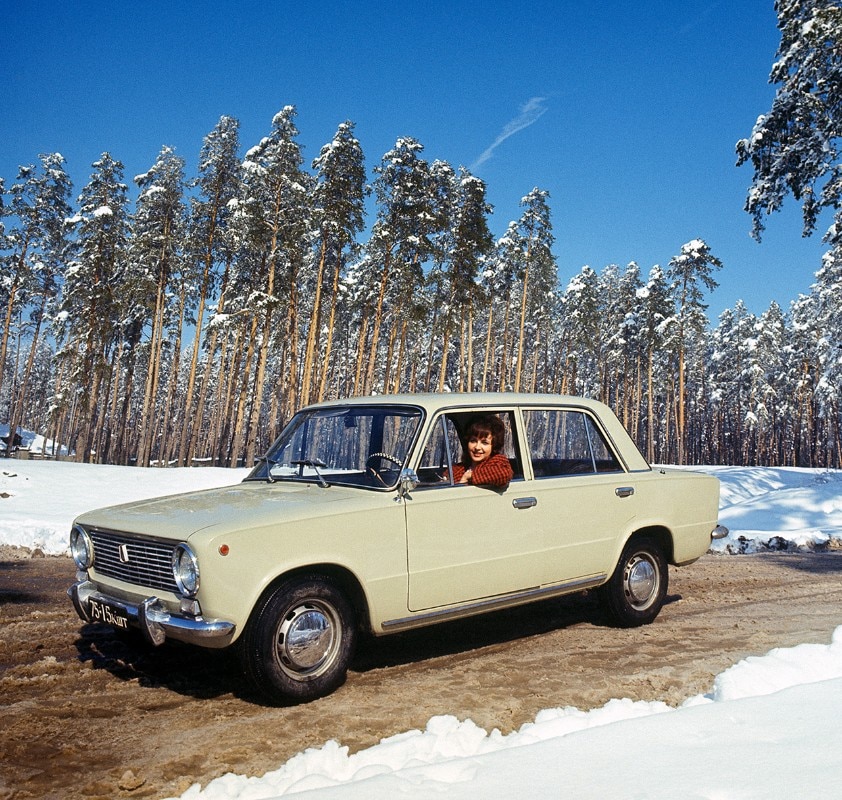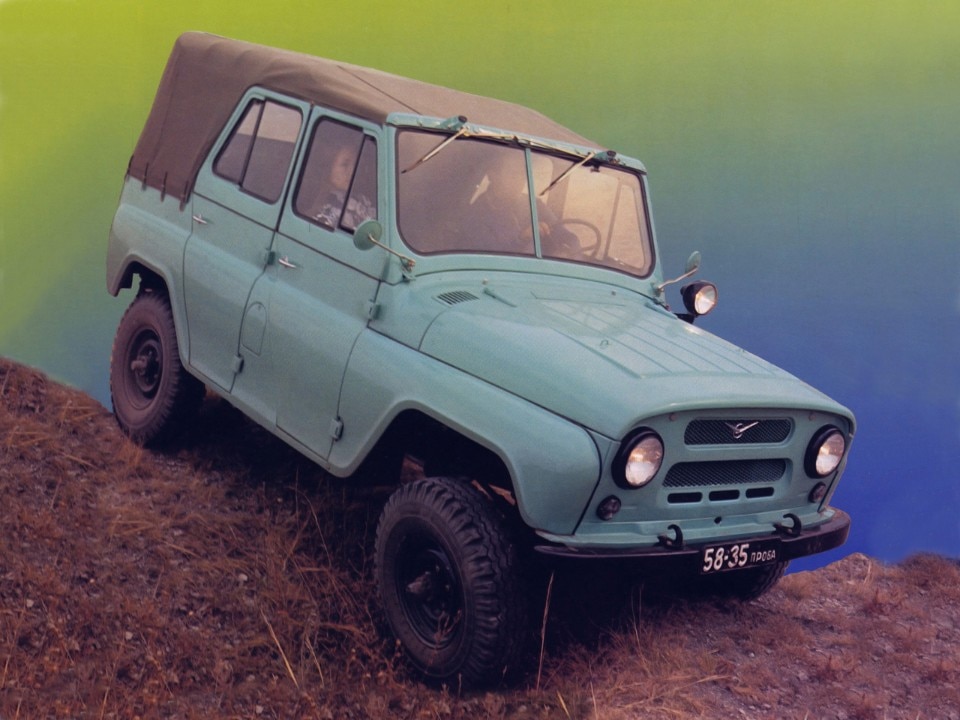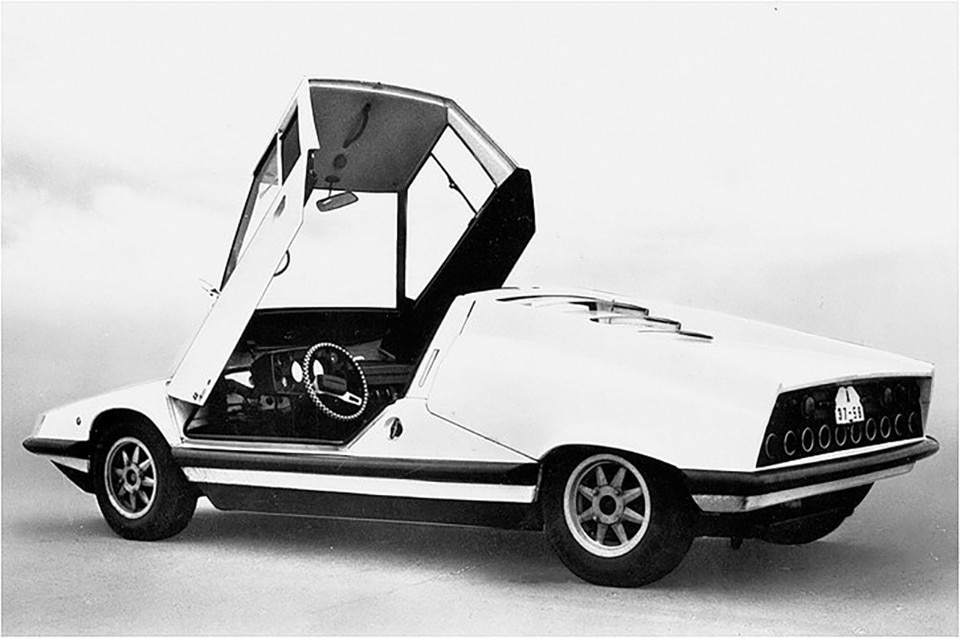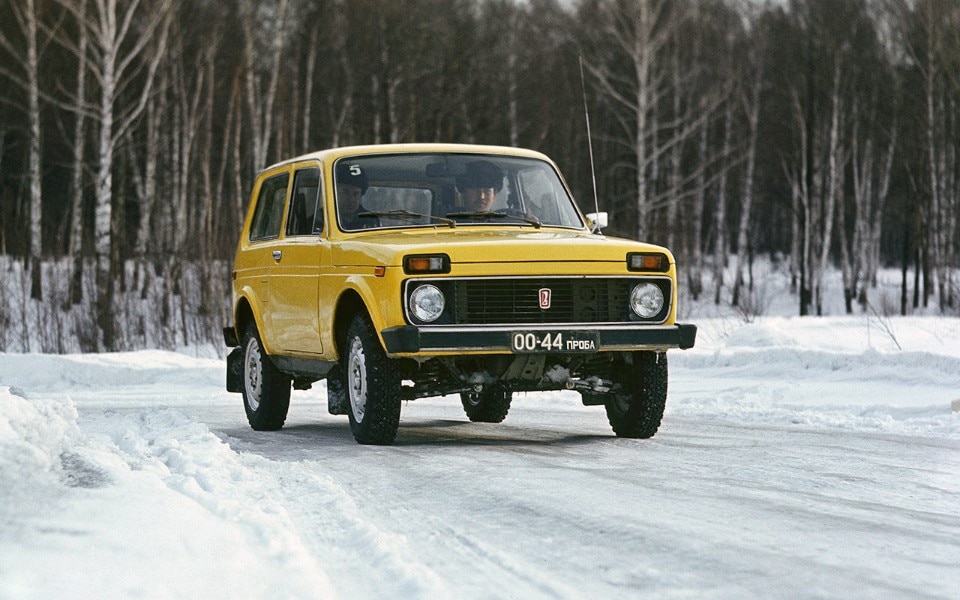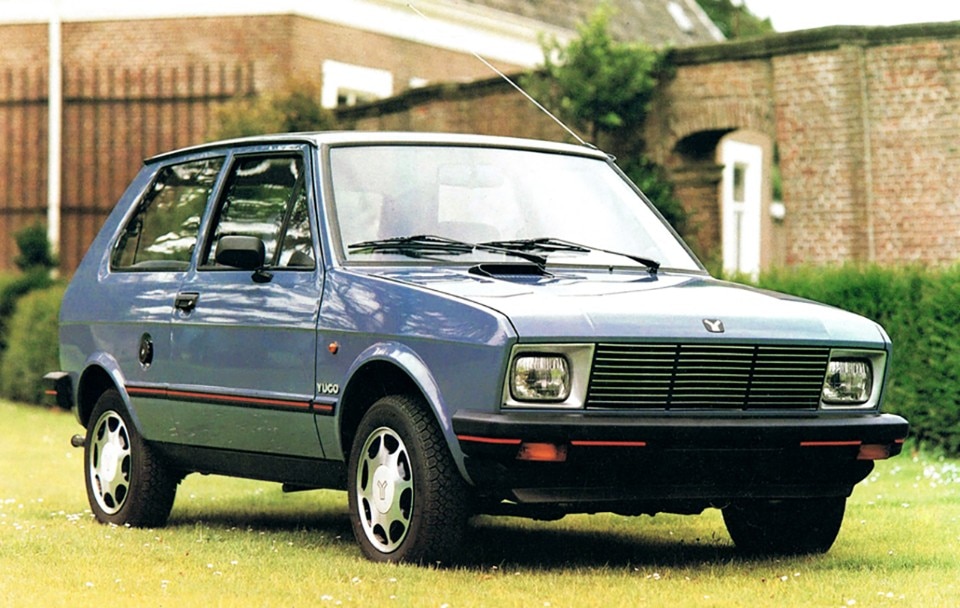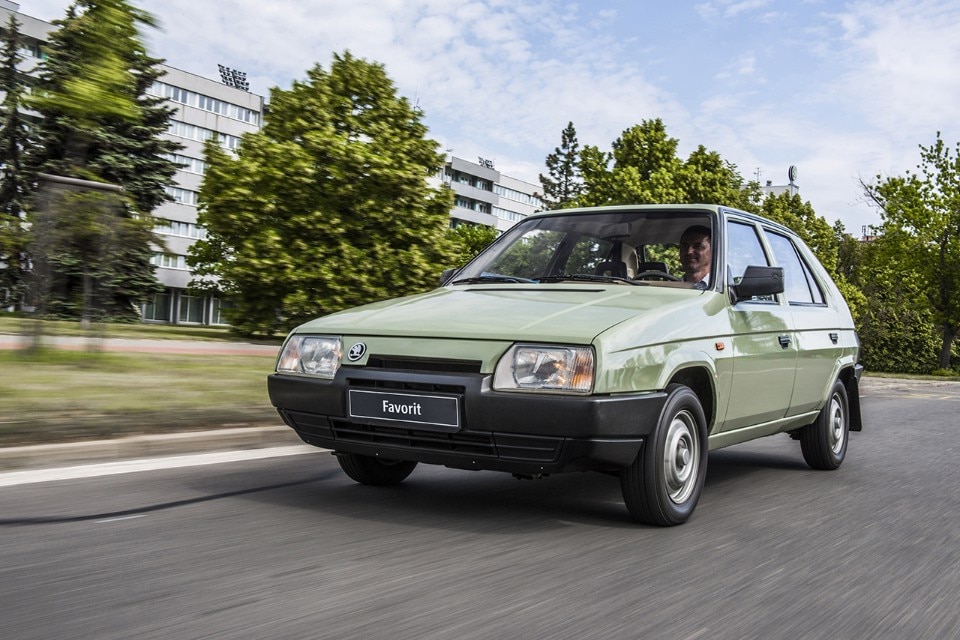The Western world maintains to this very day a fundamentally simplified perception of the former communist bloc’s car production, dismissed in the best of cases with friendly, patronizing attitude. This approach is not too distant from the posture taken on the occasion of the awkward Berliner encounter from thirty years ago, when the parallel universe of Soviet sheet-metals presented itself to the West in its full, standardised splendour.
This happened in 1989, when capitalist countries’ TV screens were flooded by the images of the joyful parade of Trabant fleeing the G.D.R., manifestly anxious to intermingle with the Volkswagen, Opel and Ford that were welcoming them in the Federal Republic. The comparison was unforgiving, between the 601 of almost ancient conception (its launch dating back from 25 years ago) and the latest fashion, tempting, full-optional Golf, Kadett and Escort, subject to the diktat of US-inspired planned obsolescence.
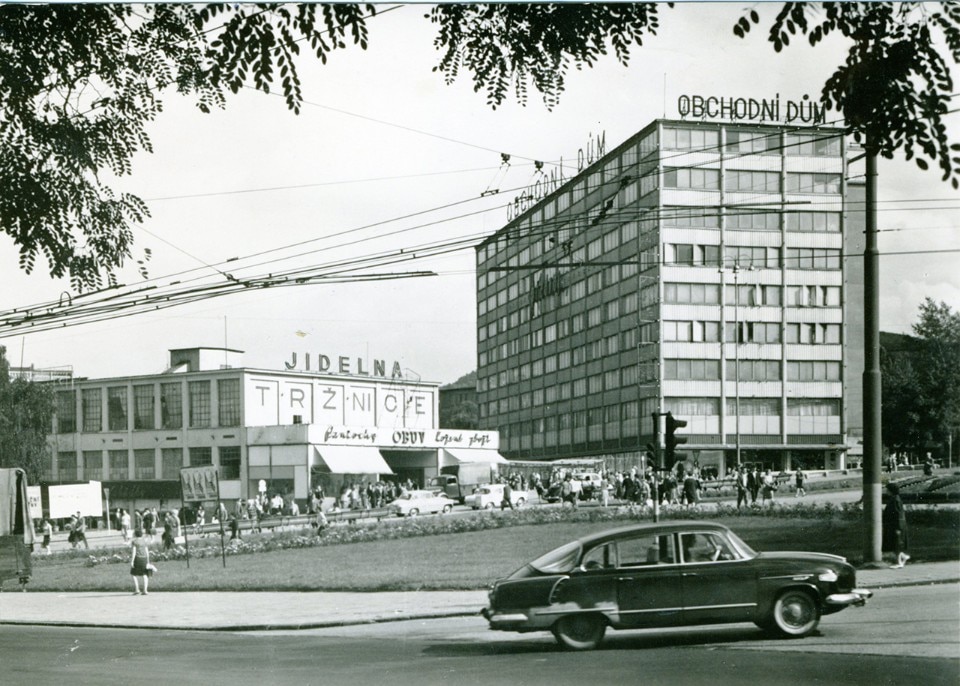
This was, however, a partial vision of the complex, once flourishing Soviet car reality. State-controlled production actually limited the quantity of models, and their general quality, but it didn’t hinder a few episodes of variety and experimentation. Some brands were created from scratch as instruments of a planned, authoritarian motorization, but in other cases regimes relied on long-standing industrial traditions, such as in Czechoslovakia, where Skoda and Tatra were already active at the end of the 19th century. To conclude, while Western and Eastern markets did function as clearly delimited compartments, they were anything but sealed. This is witnessed for instance by the intense activity of Autoexport, the agency of Moscow’s government in charge of car export towards the West, as well as by FIAT’s direct participation in the realization of Lada-VAZ’s production plant in Togliatti.
This overview of Czechoslovakian and Russian, Ukranian and Yugoslavian, German and Romanian models, all produced between the mid-1950s and the end of the 1990s, reads through the lines of commonplaces about Soviet cars, investigating the contexts, the ambitions and the reasons behind a season that is now over for good. This is probably a one-time age, closely preceding the ultimate globalization of the processes of conception and production of cars all over the world.


